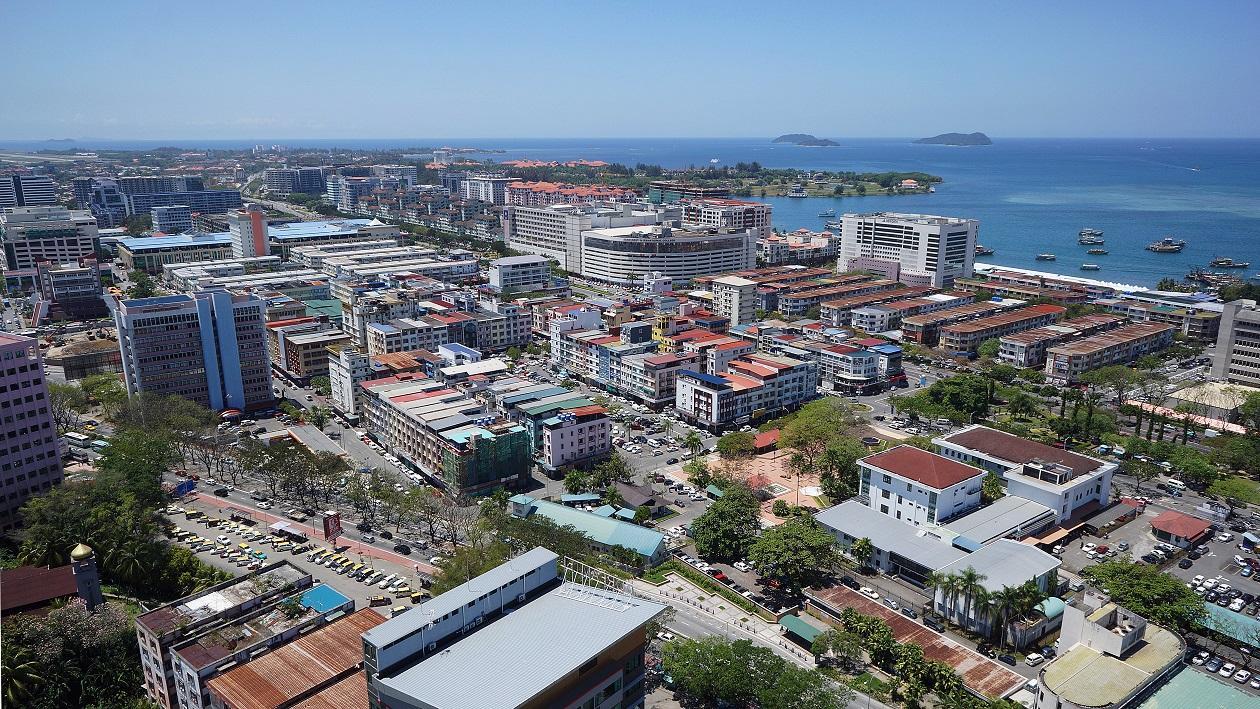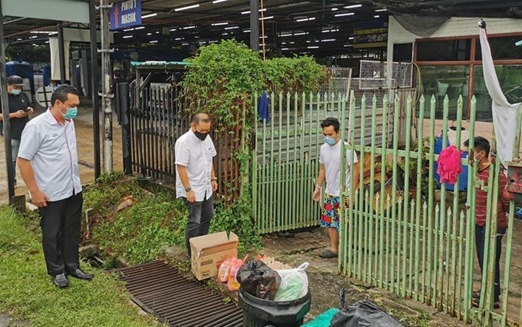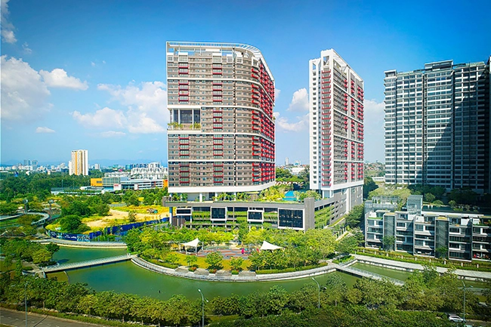It is no secret that the performance of the property market as of late has been rather lacklustre, and in 2017, the situation has continued to deteriorate as the total amount of unsold completed residential units escalated to 20,807 units in the first half of 2017 - a shocking year over year (y-o-y) increase of 40 percent.
According to Deputy Finance Minister Lee Chee Leong, the unsold units were estimated to be worth RM12.26 billion with condominiums and apartments costing over RM500,000 dominating the category of unsold homes in Malaysia.
And these shocking figures only paint part of a tragic picture as property market expert Ernest Cheong details that the hefty RM12.26 billion valuation is only inclusive of the primary market of brand new residential units and not the secondary market of second-hand properties which he estimates to be around RM4 billion.
"So, about RM16 billion worth of properties are waiting for buyers. But there is no demand. The reason is that people don't have the moneyâ€, he said in a report by local media outlet Free Malaysia Today.
Similarly, Bank Negara Malaysia's (BNM) view on the property sector was also unfavourable as they cited in a report that they believed the sector was plagued with an overabundance of unaffordable properties.
"Currently, the property market is characterised by an oversupply of non-affordable housing, idle commercial space and conversely, an undersupply of affordable homes" it said in a report on the housing market.
The unaffordability of properties, a reoccurring theme of the local property market, had at one point contributed to our national household debt to soar to a record high of 89.1 percent in 2015 whereby 56.2 percent were due to loans to buy real estate for residential and non-residential purposes.
The peak caused the central bank to tighten their lending policies even further and while household debt was able to ease to 88.4 percent in 2016 with bad debts from residential properties staying stable at 1.1 percent throughout 2014 to 2016, BNM has continued on with their stricter proven income lending policies and disallowing income projection of growth.
Due to the stricter lending policies and continued high cost of properties, some analysts like Cheong have been vocal that a possible property crash may occur in 2018 as developers slash their prices to rid themselves of unsold units.
However, with Malaysia's GDP forecasted to grow at a healthy 5 to 5.5 percent in 2018 alongside rising petrol prices and stable low unemployment rates, a good number of property experts are instead optimistic that our property market will instead see some recovery in 2018.
Speaking on the matter, Sarawak Housing and Real Estate Developers' Association (Sheda) Kuching Branch advisor, Sim Kiang Chiok opined that for Sarawak's property market at least, we would likely witness the property sector starting to climb in 2018 from its lowest point in 2017.
"We are aware that there is a mismatch of supply and demand in the local property market as developers had been building properties larger than what the market can currently afford - leaving us with a current over-supply of higher priced houses.
"However, this does not mean that there is low demand for housing as housing is still a basic human need and demand for it will always be there as long as there is population growth, full employment rates, rural-urban migration, and robust economic growth" he said.
In Sarawak, properties have steadily appreciated over the decades and while their demand has waned in recent times, Sim pointed out that the dampening demand was only affecting properties above RM450,000 while demand for single storey terraces and small apartments below RM350,000 is stronger than ever.
And local developers seem to be picking up on this as Sim recounts that Sheda Kuching Branch's most recent roadshow had seen many of its members starting to sell apartments below RM 350,000 and single-storey terrace houses starting from RM210,000.
"These are good signs that local developers are starting to build in accordance with the demand of the market and the strict lending policies of the banks.
"So in 2018, we can expect that the property market to be a buzz with the high demand for properties under RM350,000 that are well accessible and located in secondary areas.
And besides that, Sim adds that the 50 percent rental income exemption from residential properties not exceeding RM2,000 per month as outlined in Budget 2018 would also be an added incentive to drive demand in the property market.
"By allowing property owners to generate better returns with lower income tax, the tax exemption would help promote house ownership as an investment and also encourage present house-owners to hold onto their present investment properties" he said.
Agreeing with Sim on the possibility of a recovering property sector in 2018, AmInvestment Bank Bhd
While both Sim's and Cheong's opinions are on opposite ends of the spectrum, AmInvestment Bank Bhd (AmInvestment Bank) believes that both arguments have their merits and are instead taking a more balanced stance to the sector.
AmInvestment Bank is opining that signs of recovery observed in 2017 such as the shifting of focus into affordable housing and the willingness of developers to reduce their prices will carry on into 2018 - breathing some life back into the languished sector.
"We do not expect a full-fledged recovery of the sector within the next 12 months, as various key challenges remain" said the bank in a sector report.
However, the bank was less optimistic about the sustainability of developers switching their focus to affordable housing as the segment typically commands lower margins that could be further strained as competition intensifies in the property sector.
"We believe the investment case for an affordable housing developer only holds water if the developer is able to sell affordable houses in large quantities, has access to highly cost-effective and speedy construction methods, and most importantly, has the ability to secure strategic landbank with a high plot ratio at cheap prices.
"Otherwise, we are more inclined to see selling affordable housing as a means for developers, in general, to tide themselves over while waiting for the property market to turn around" said AmInvestment Bank.
_PH_Banner_(Desktop)(1200x180px).png)
.jpg)
.jpeg)








.jpeg)
.jpg)
